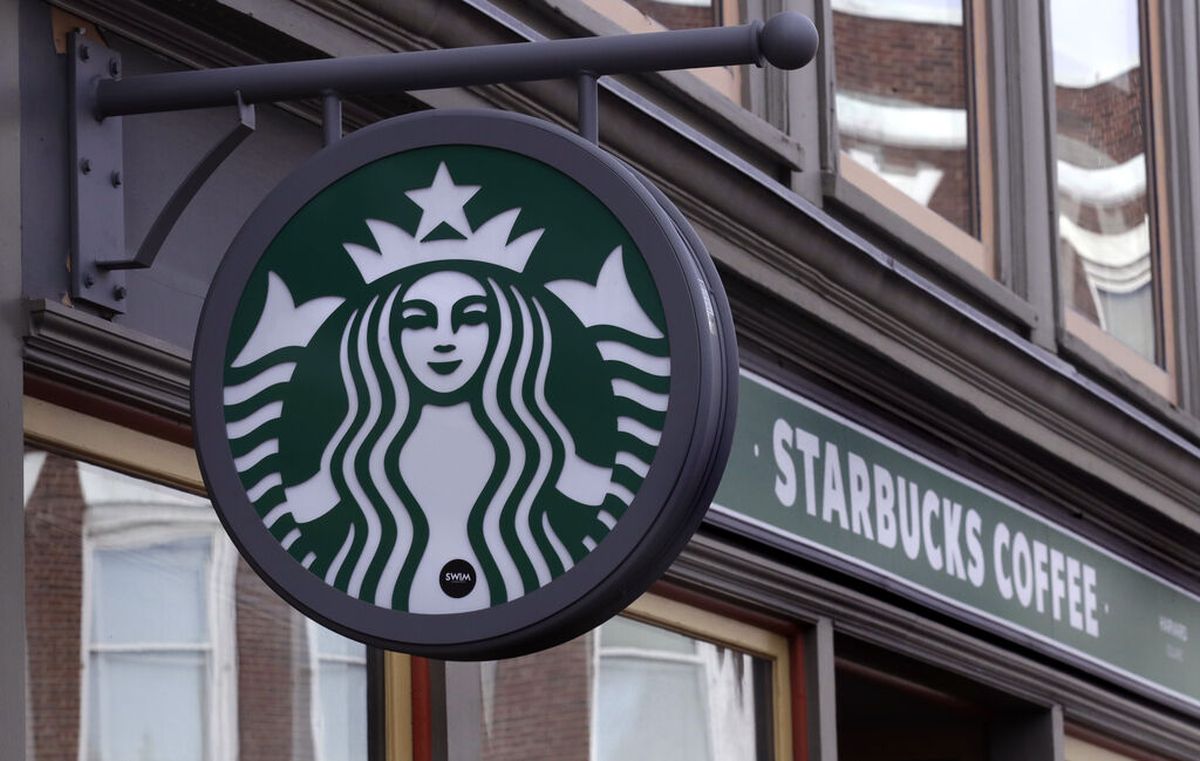Motley Fool: Profits Brewing? - Sun, 20 Sep 2020 PST

Like most businesses, Starbucks (Nasdaq: SBUX) has suffered during the pandemic, with far fewer people grabbing refreshments on their way to or from work, and many indoor eating areas closed.
In the company’s last reported quarter, revenue declined 38.1% year over year; that was better than expected, as consumers offset a 51% drop in traffic with much higher order sizes, up 23% from last year. On its conference call with analysts, management noted an accelerating improvement in U.S. store trends, with a 65% decline in traffic in mid-April improving to a 16% decline in late June. Its recovery in China also exceeded expectations.
Starbucks isn’t standing still, waiting for the pandemic to end, either. The company recently unveiled a new store format for urban environments called Starbucks Pickup, which should greatly boost profit efficiency in expensive urban markets. It’s also rolling out a new curbside pickup experience at up to 1,000 stores this quarter, as well as a new handheld payment processor to increase throughput. Management expects a return to profitability this quarter.
Starbucks is certainly challenged right now, but the combination of its world-class brand, leadership in the digital arena and continuous innovation presents a promising opportunity for long-term investors. The company even pays a dividend, which recently yielded 1.9%. (The Motley Fool owns shares of Starbucks and has recommended Starbucks stock and options.)
Ask the Fool
Q. How can a stock suddenly start trading at a very different price than where it closed the day before? – V.B., Winona, Minnesota
A. It means that something happened overnight while the market was closed. Imagine that shares of Help Depot (ticker: RUOK) are trading about $75 per share when the market closes. If the company then reports blowout revenue and earnings, demand for the shares may build up. When stock trading resumes the next morning, the stock price probably won’t open at $75 and then rise gradually. Instead, it’s likely to just begin trading at a significantly higher level. That’s because many investors will now assign a greater value to the company, and the limited existing shares will have increased in value to meet the higher demand. Buyers are simply willing to pay more for the shares.
The opposite can happen, too, of course, if there are negative developments about a company.
Q. What’s a mock portfolio? – H.K., Jacksonville, Florida
A. A mock portfolio is a pretend one – ideal for beginning investors, and others who want to practice investing without putting any real money down. You can set one up on paper, or you can create an online portfolio at sites such as Finance.Yahoo.com. Then go through the motions of investing: Study companies, decide which ones to invest in, note that you’ve “bought” a certain number of shares at a certain price, and then follow the progress of the companies and the stocks. Over time, see how you do.
A mock portfolio can serve as a kind of watch list, too, as it can alert you when the price of a stock you’re interested in falls to an attractive level.
My dumbest investment
My dumbest investment was selling my shares of Netflix at $81, before its 7-for-1 split. That taught me to hold or add to companies you believe in. – B.A.W., online
The Fool responds: Ouch. Some readers may think it’s a shame to miss out on a stock split, but splits rarely mean much. You get more shares (seven times the number you own, in this case), but their price shrinks proportionately (to about a seventh of their original value, in this case). If you’d bought your shares at, say, $70 apiece, that purchase price would have been adjusted by the split to a seventh of that, to give you a new cost basis (for tax calculation purposes) of $10 per share. That makes your sale even more regrettable, as shares of Netflix were recently trading near $480 apiece, post-split. If you’d originally invested $3,000 in Netflix, your stake recently would have been worth more than $140,000.
That’s all in the past, though. What you can do now is decide whether you have any interest in buying shares again. Many investors see much more upside ahead for the company, though others worry that its growth rate will slow and that its shares may be overvalued now. If you’re intrigued but not sure, you might add Netflix to a watch list, follow the company’s developments, and wait and hope for a better entry price later.
tinyurlis.gdu.nuclck.ruulvis.netshrtco.de
